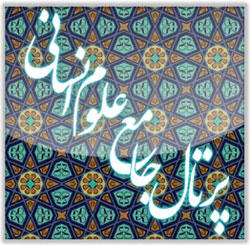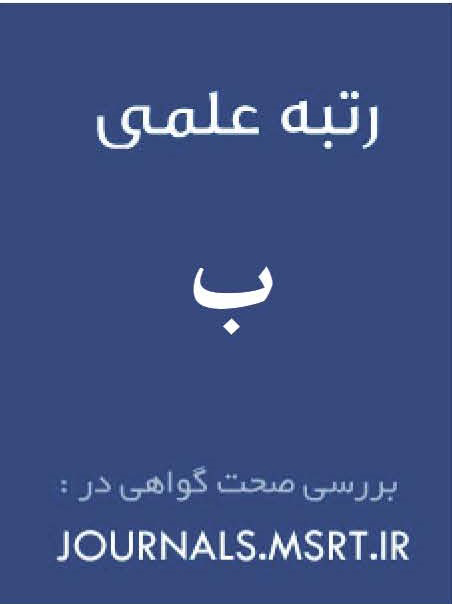Religious Endowment Institution during the Pahlavi Era in Tabriz Based on Archival Documents
Keywords:
Tabriz Waqf, Reza Shah, Public Benefit, WaqfsAbstract
The institution of waqf (Islamic religious endowment) is one of Iran’s longstanding institutions with wide-ranging economic, religious, and social dimensions. In situations where the political environment does not allow for economic activity, the tendency toward charitable affairs tends to increase. Based on the available documents, waqf witnessed a significant increase during the reign of Reza Shah. The objective of this article, employing a descriptive-analytical method, is to address the following questions: What were the reasons behind the expansion of waqf in Tabriz during Reza Shah’s era? What functions did endowed properties serve? The findings of the study indicate that prominent landowners turned to waqf as a strategy to protect their estates from potential royal seizure, often motivated by personal interests and in old age, aiming to evade taxation or to display religious piety. In the endowment documents, subjects such as the guardianship of orphans and public-benefit projects—such as the construction of schools, libraries, and workshops for the needy—are rarely observed. The majority of endowment intentions were primarily focused on fulfilling the religious obligations of the donors, often driven more by custom and habit than by a genuine concern for public welfare.
Downloads
References
Azarpi, S. (2009). A Review of Waqf Terminology. Quran Karim Printing House.
Basirat Manesh, H. (1978). Collection of Articles on Contemporary History of Iran. Foundation for the Oppressed and Disabled Veterans of the Islamic Revolution.
Emam Jomehzadeh, J. (2000). Waqf in Improving Social, Economic, and Cultural Conditions. Waqf Heritage Journal(21922).
Maki, H. (1985). Twenty-Year History of Iran (Vol. 8). Neshar Publications.
Mohaqqiq Damad, S. M. (2002). Rules of Jurisprudence (Vol. 1). SAMT.
Mousavi Khomeini, R. (1994). Tahrir al-Wasilah (Vol. 2). Islamic Publishing Institute.
Nikmehr, A. (2012). Waqf in Mashhad During the Pahlavi Era
Pirbabayi, M. T., & Iranshahi, R. (2021). A Historical Analysis of the Role of Waqf Culture and Its Function in the Structuring of Tabriz City Market with Emphasis on Giddens' Views. Quarterly Journal of Cultural and Communication Studies, 22(55), 223-248.
Riahi Samani, N. (1999). Waqf and the Evolution of Legislation on Endowments. Navid Publications.
Shahabi, A. A. (1964). History of Waqf in Islam. University of Tehran.
Shoja Fath Abadi, M. (2003). Examining the Role of Endowed Lands in the Physical Development of Mashhad City (Case Study: Abkouh Lands)
Yousefi, S. (2010). Special Issue on the Role of Guilds in the Islamic Revolution: Mashhad Bazaar in the Islamic Revolution. Ferdowsi University of Mashhad Publications.
Downloads
Published
Submitted
Revised
Accepted
Issue
Section
License
Copyright (c) 2025 Jhaleh Bahmani, Nazli Eskandari Nejad, Mehdi Aghapoor, Ahad Ebadi (Author)

This work is licensed under a Creative Commons Attribution-NonCommercial 4.0 International License.







